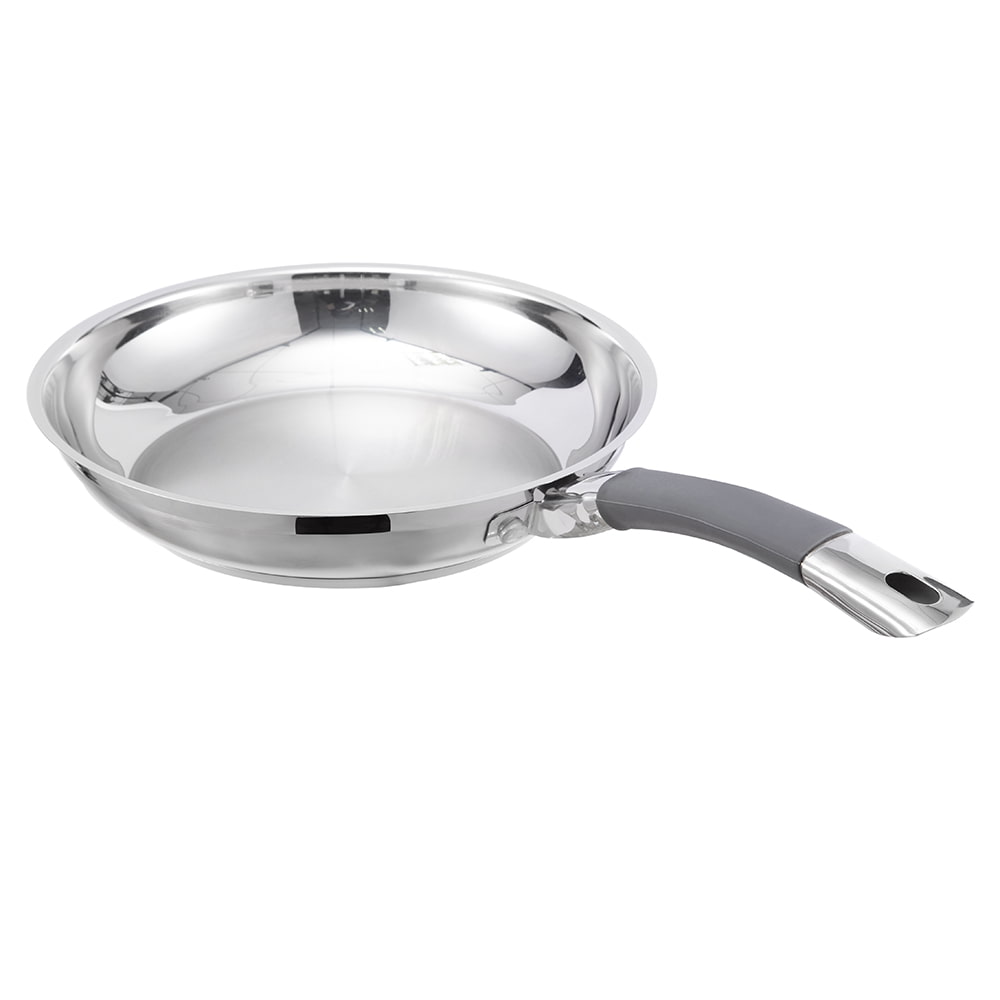In the field of modern cookware manufacturing, performance improvement has always been the core driving force of technological innovation. Among them, non-stick performance, as a key indicator of cookware quality, directly affects the cooking experience and use cycle. With its unique process advantages, plasma spraying technology has brought revolutionary breakthroughs in the optimization of cookware surface performance and reshaped the technical landscape of cookware manufacturing.
Plasma spraying technology works based on the high-energy characteristics of plasma. Plasma is the fourth state of matter, composed of high-temperature ionized gas, with extremely high energy density and activity. In the process of cookware manufacturing, a high-temperature and high-speed plasma jet is generated by specific equipment. The temperature of this jet can reach thousands of degrees Celsius, which can instantly heat the ceramic powder to a molten state. The molten ceramic particles are driven by the plasma jet and sprayed onto the surface of the pot at a very high speed. When these high-temperature molten ceramic particles collide with the surface of the pot, they spread rapidly and cool and solidify, and accumulate layer by layer to form a uniform and dense coating.
Compared with traditional coating processes, the coating structure formed by plasma spraying has significant advantages. In the process of coating formation in traditional coating processes, due to the limitations of material deposition methods and process conditions, there are often more pores and irregular concave-convex structures inside the coating. These pores and concave-convex not only increase the contact area between food residues and the coating surface, making food easier to adhere, but also may become a hiding place for dirt and bacteria, affecting the cleanliness and hygiene of cookware. The dense coating formed by plasma spraying greatly reduces these defects at the microscopic level. Its internal structure is tight, there are almost no obvious pores, and the surface is flat and smooth, which effectively reduces the probability of food residue adhesion, making the cleaning work after cooking more convenient and efficient.
The uniformity of coating thickness is also an important guarantee for the performance of plasma-treated cookware. During the plasma spraying process, by precisely controlling the spraying parameters, such as the temperature and speed of the plasma jet, the delivery rate of the ceramic powder, and the spraying time, it can be ensured that the thickness of the ceramic coating on the surface of the pot remains highly consistent. This uniformity avoids the problem of non-stick performance differences caused by uneven coating thickness. In traditional coated cookware, areas where the coating is too thin tend to wear out first, resulting in a decrease in non-stick performance and sticking to the pan; while areas where the coating is too thick may affect the bonding strength between the coating and the pan body, causing the coating to peel off. With uniform coating thickness, plasma-treated cookware keeps the non-stick performance of the entire pan surface stable, providing consistent non-stick effects in both the center and edge of the pan, significantly improving the overall performance and service life of the cookware.
In addition, most ceramic materials used for plasma spraying have chemical stability. Common ceramic materials such as alumina and zirconium oxide can resist the erosion of chemicals such as acids and alkalis in food, and will not react chemically with food during the cooking process, thereby ensuring the smoothness and integrity of the coating surface. Even if strong acidic foods are cooked for a long time, such as stewing tomato sauce or pickled foods, the coating of plasma-treated cookware will not be corroded and damaged, and always maintains good non-stick performance and physical properties, providing consumers with safe and reliable cooking tools.
From the perspective of actual usage scenarios, plasma-treated cookware has brought users a new cooking experience with the performance given by plasma spraying technology. When frying eggs, steaks and other ingredients that are easy to stick to the pan, its non-stick performance allows the ingredients to be easily turned over and kept intact; when stir-frying various dishes, the food slides smoothly on the surface of the pan, reducing the scorching caused by sticking to the pan, making the cooking process more handy. At the same time, the dense and uniform coating structure also makes the cookware perform well during the cleaning process. Only a small amount of detergent and water is needed to easily remove residual stains, greatly saving cleaning time and energy.
 No. 1, Jingwei Road, Yangcheng Lake Town, Xiangcheng District, Suzhou City, China
No. 1, Jingwei Road, Yangcheng Lake Town, Xiangcheng District, Suzhou City, China [email protected]
[email protected] +86-13913553688
+86-13913553688
 search
search
 中文简体
中文简体 English
English русский
русский Français
Français Español
Español 日本語
日本語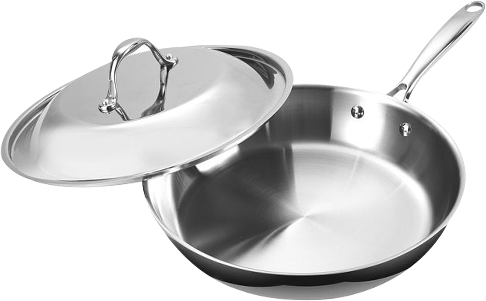
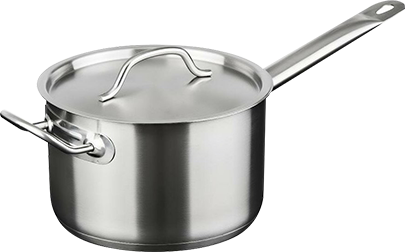
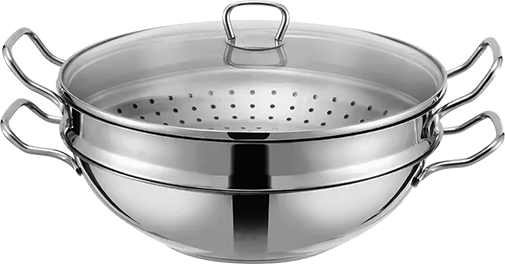
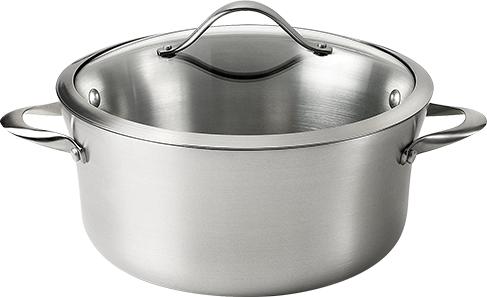
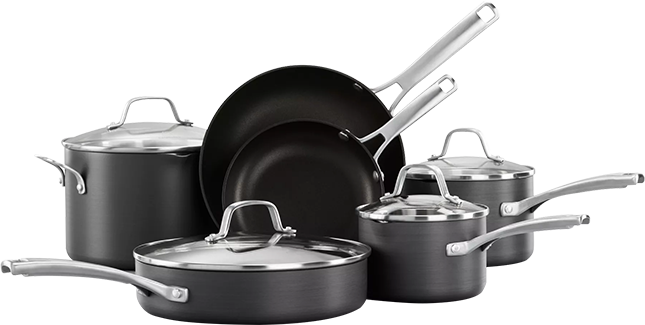


-4.jpg)
-1.jpg)
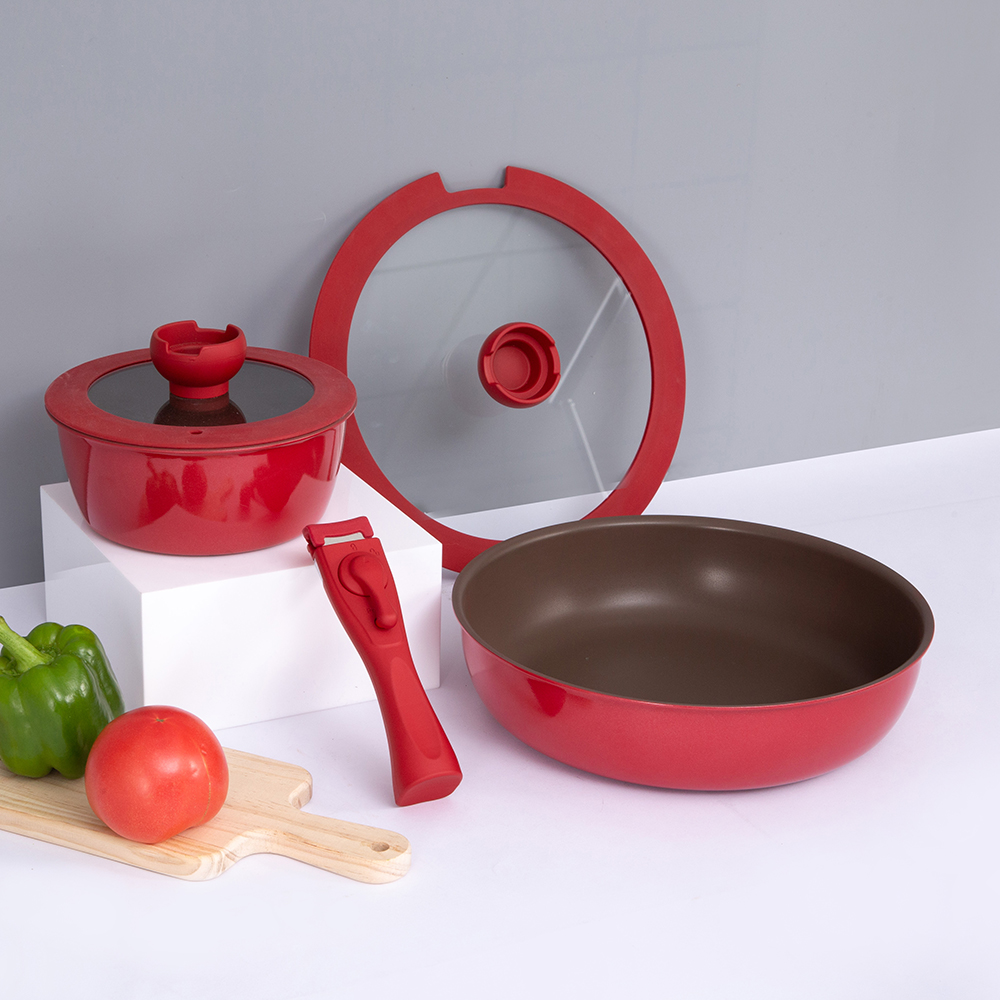
-3.jpg)
-5.jpg)
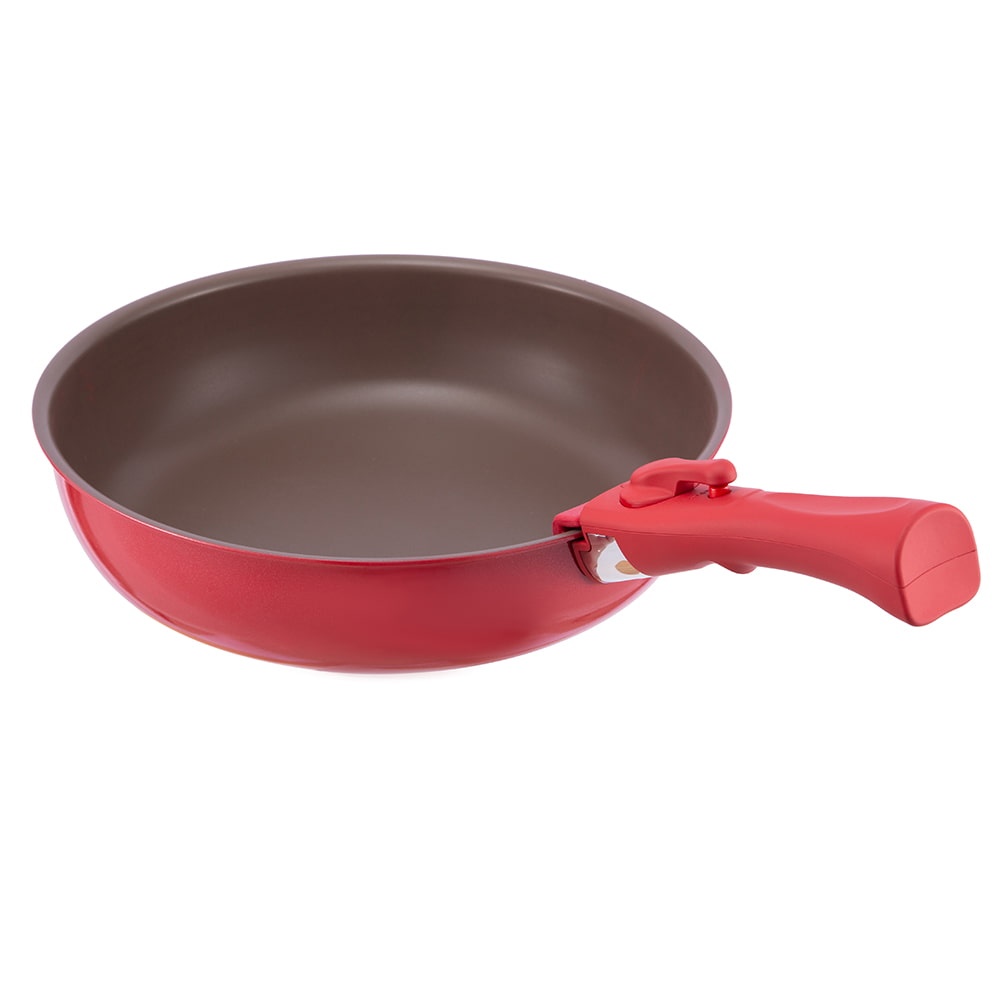
-3.jpg)
-9.jpg)
-3.jpg)
-14.jpg)
